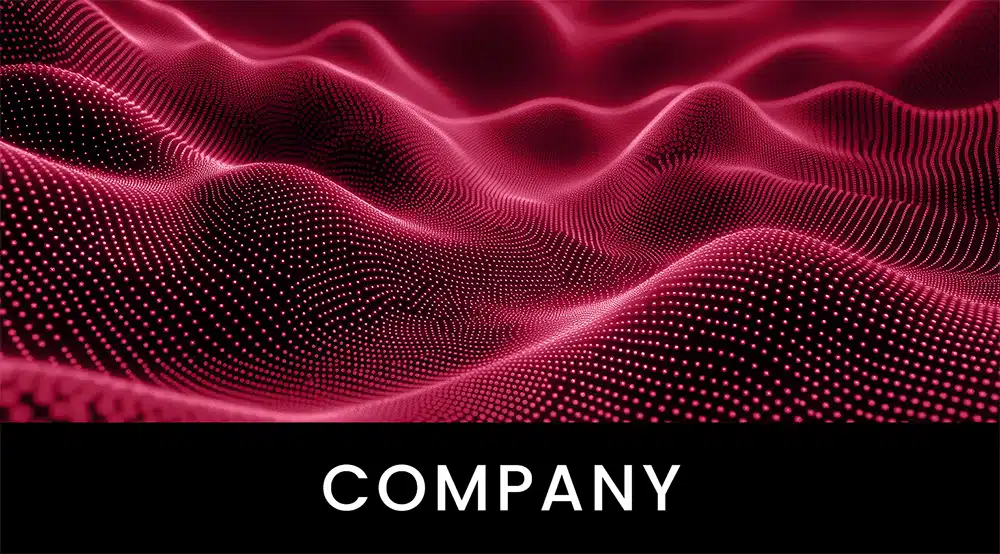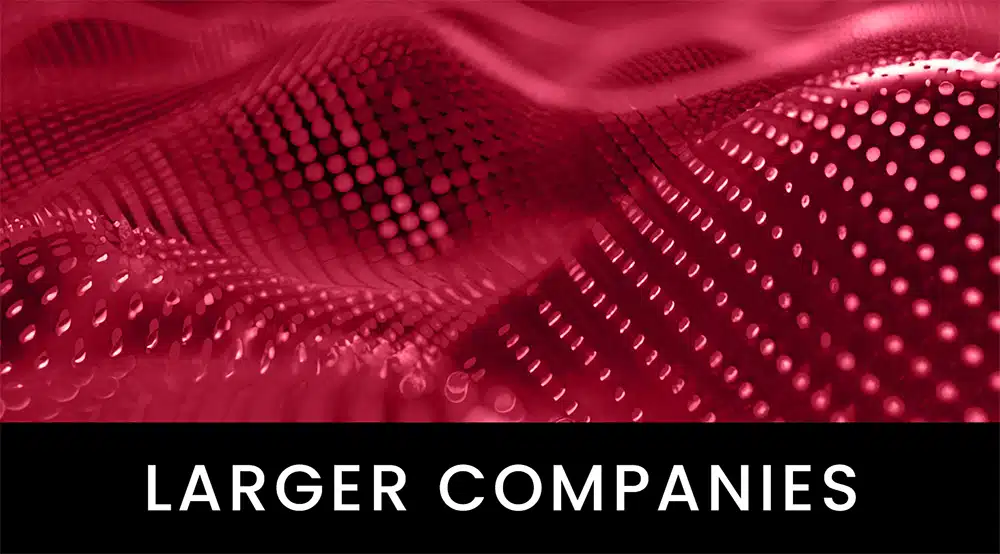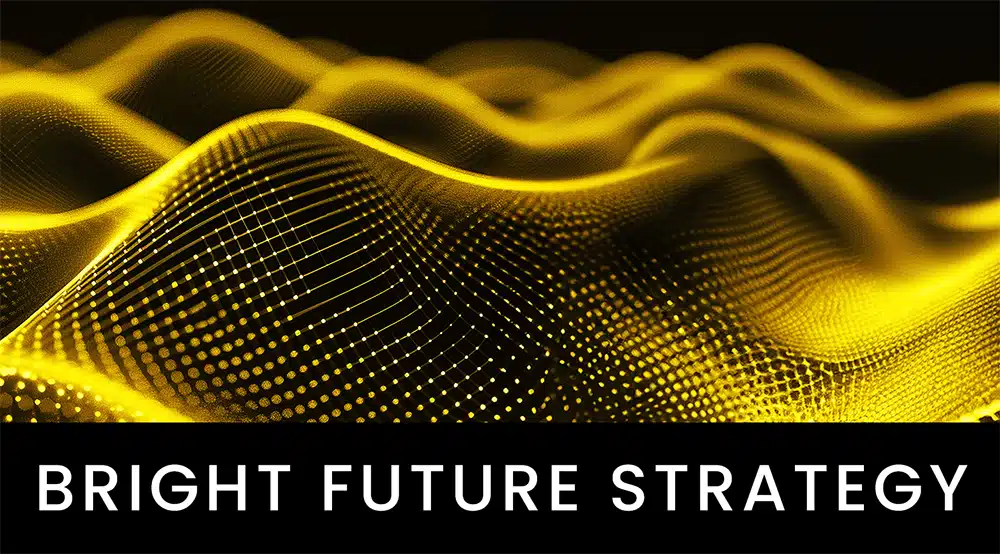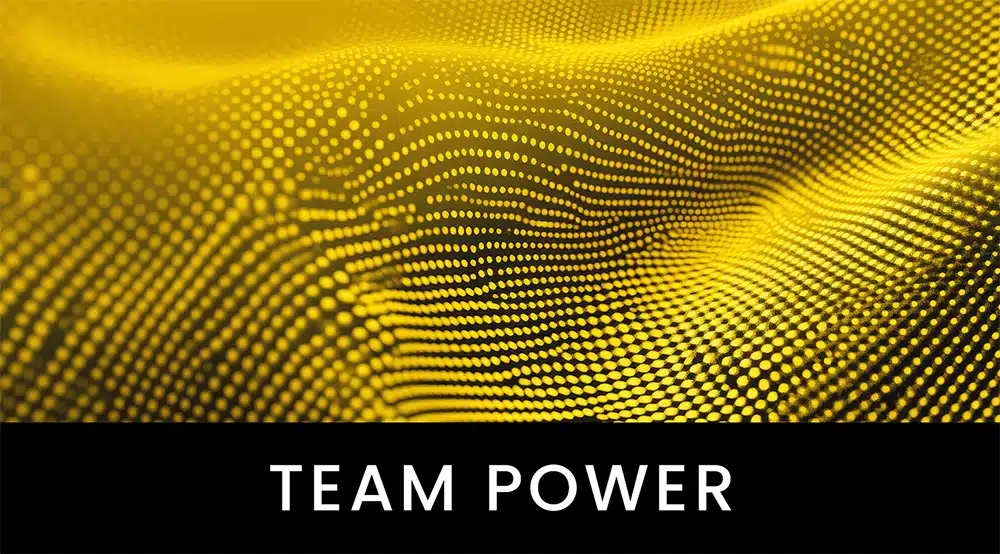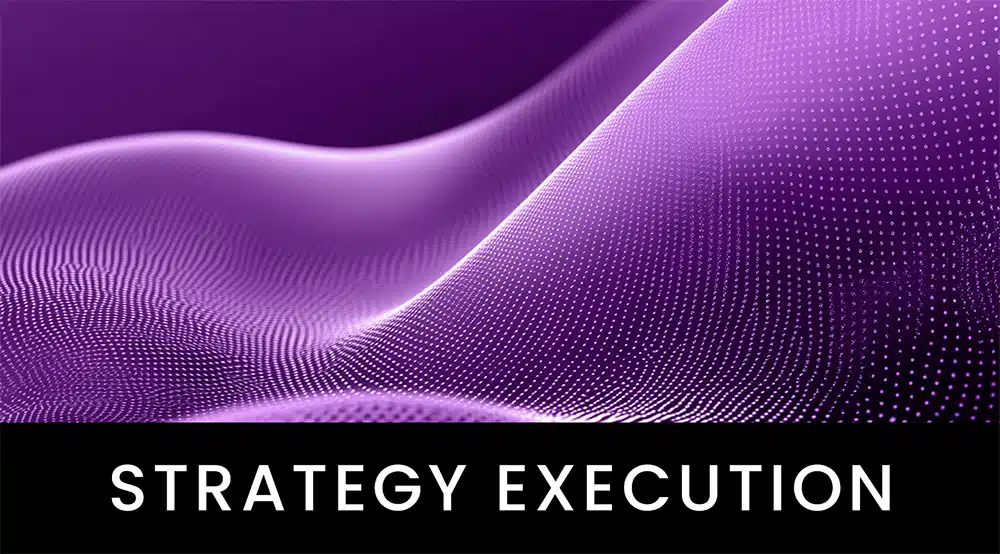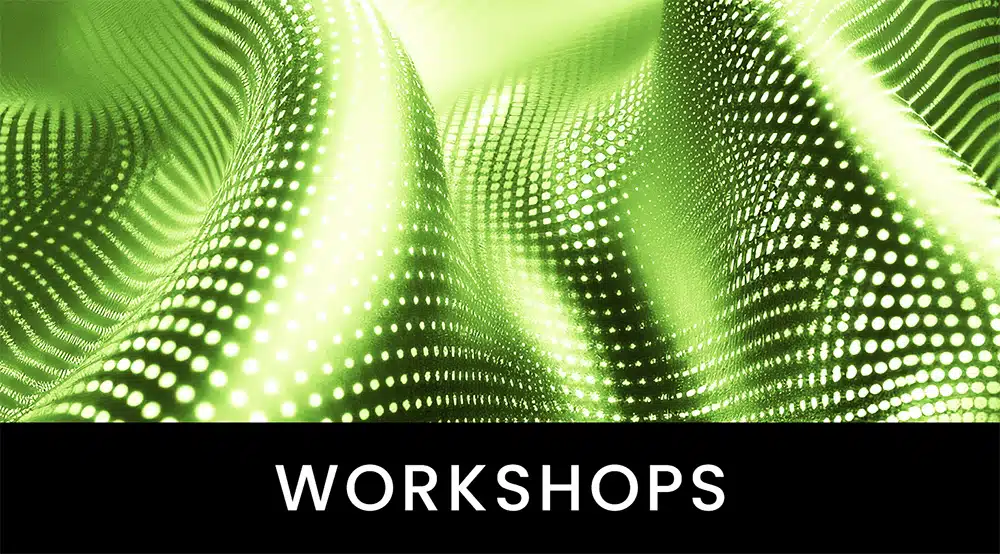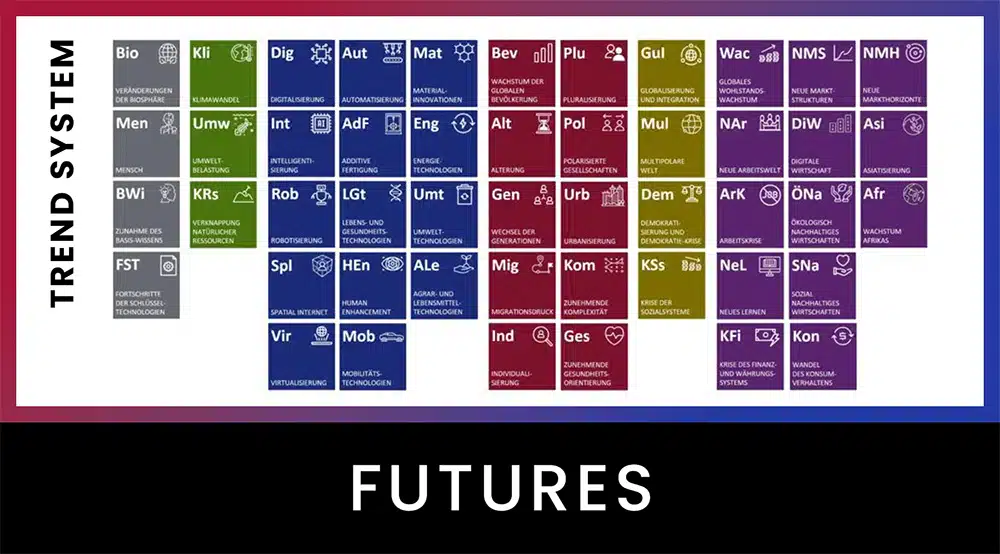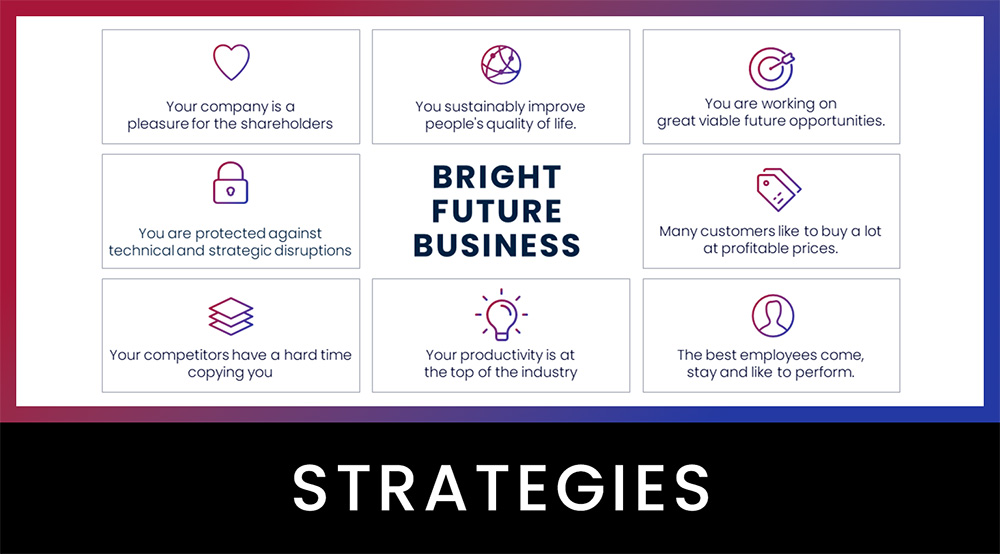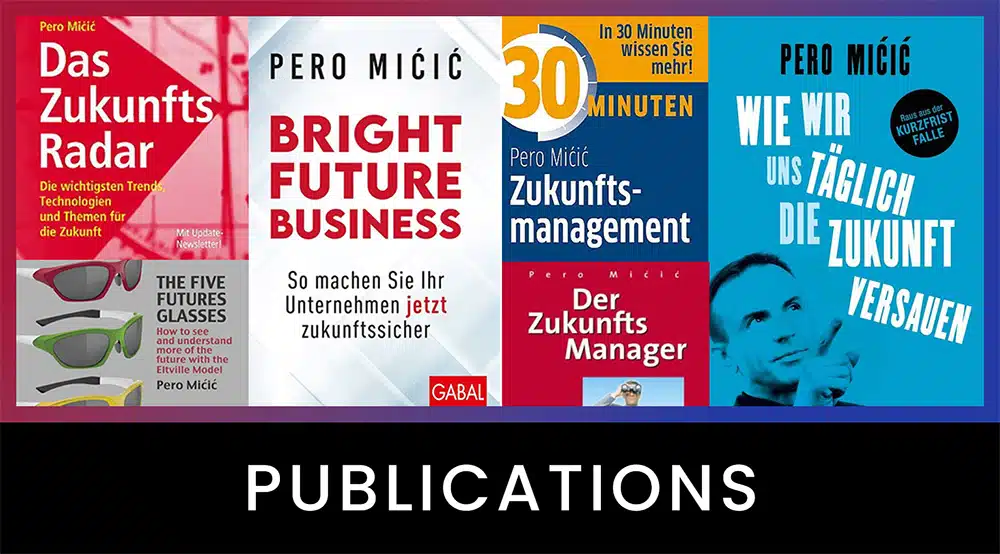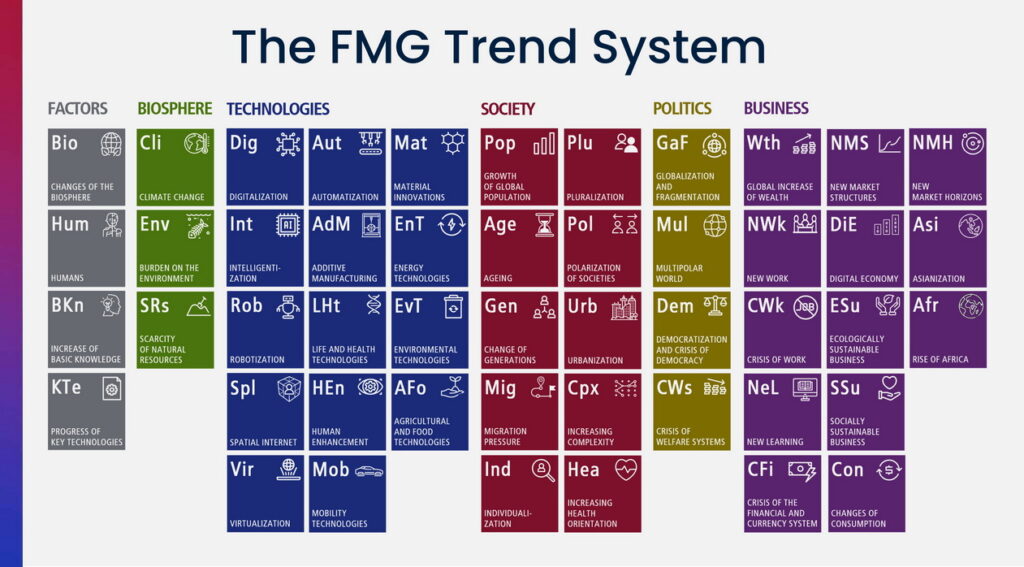Objectives and Key Results, or O K R for short, is finding more and more followers. This article provides an overview of what OKR is, what benefits it provides, and what the Objectives and Key Results approach does not do. But where does OKR come from?
Peter Drucker developed the leadership concept Management by Objectives in the 1950s. The goal of the leadership approach is to implement both the company’s goals and the goals of the individual employee by jointly agreeing on the goals. Ideally, the employee goals are puzzle pieces that, when put together, form the picture of the corporate strategy. The agreed upon goals should meet the following requirements:
- Specific(Specific)
- Measurable
- Attainable
- Realistic(Realistic)
- Terminated(Timed)
The acronym SMART stands for these very requirements and also goes back to Peter Drucker. Andrew Gooves, INTEL’s co-founder, has taken this approach further by integrating a strong focus on measuring goals. He developed the management approach OKR. OKR stands for Objectives & Key Results. OKR provides a framework for responding agilely to changing conditions in fast-moving and complex times, without losing sight of strategic goals. The method helps leaders and employees to achieve strategic goals in a self-organized and productive way. OKR is now used in companies of all sizes and in all industries. Examples include Google, LinkedIn, Twitter, Oracle and Zalando.
How does OKR work?
OKR dispenses with fixed rules to ensure agility and enable value-based leadership. At the beginning, a clear strategy for the future must be formulated. Only when the mission, positioning and vision are developed and understood can OKR work. OKR simply provides answers to what needs to be done to achieve the future strategy. All examples of successful use of OKR are companies whose future strategy was developed beforehand.
Before the content work of the OKR can begin, each company should determine how long an OKR cycle should last. This is often oriented to quarters and lasts two to four months. This basic idea comes from agile working and takes into account the approach of the iterative-incremental procedure. The process within an OKR cycle, also derived from agile working, always follows the same pattern.
- OKR Planning: The stage goals (Objectives) and measurement parameters (Key Results) are defined together. The milestones should be formulated in such a way that they are in sight, but just out of reach.
- Weekly OKR: Weekly status updates ensure that goals are not lost sight of and progress within an OKR cycle is current and visible to the entire organization.
- OKR Review: The team presents to the principals or stakeholders and reviews the results of the last cycle. It is not a pure status-giving as in the Weekly OKR, but a detailed discussion of the results and lessons learned. Typical questions should be: do the Objectives and Key Results really bring us closer to our future strategy? Are there any new bottlenecks? Are we taking the most effective and direct route?
- OKR Retro: In addition to reflecting on the results, it is important to improve the system itself as well. By system is meant cooperation. This should take place within the respective team. The OKR Retro is almost identical to the Sprint Retro from the Scrum method. There it says in this regard: “The Sprint Retrospective is conducted to review how the past Sprint went in terms of the people, relationships, processes, and tools involved; identify and sequence the key elements that went well and possible improvements; and create a plan for implementing improvements to the way the Scrum team works”
What are the main advantages and disadvantages?
One advantage is the smooth and regular refocusing of all activities. Tasks and behaviors that waste time and money are automatically eliminated as companies, departments, and individual employees set a few goals for each quarter. This approach guarantees to keep the focus on the overall goals and encourages employees to make decisions. Everyone becomes aware of their goals as they formulate them themselves in short bursts. All key benefits can be derived directly or indirectly from the four underlying principles of alignment, transparency, commitment and (intrinsic) motivation.
- OKR is easy to understand and can be implemented with the simplest of means
- OKR facilitates the implementation of the future strategy in everyday life and increases the individual feeling of self-efficacy
- OKR is a self-learning system and promotes self-organization
- OKR increases transparency and mutual understanding and reduces conflicting goals
- OKR makes it easier to keep the focus on the overall goal
- OKR is robust to uncertainties and changing requirements
Challenges
One of the positive aspects of OKR is the company-wide continuous and very open communication between teams and/or employees. This requires a very high degree of transparency. This absolute transparency is very valuable, but at the same time a great challenge, because it requires trust to the same extent. If this is missing, employees inevitably become afraid of surveillance or control. As a result, the quality of work, productivity, mood and motivation would suffer.
What OKR is not suitable for
Evaluation of employees
A key element of Objectives and Key Results is that goals are negotiated rather than set from above. Only in this way can each employee fathom how he or she can contribute to the company’s success within his or her sphere of influence. Linking employee evaluations and OKR counteracts several prerequisites at once. For example, it counteracts the self-learning system. Employees are then no longer rewarded for introducing new or unusual measures if these could jeopardize the achievement of objectives. Challenging targets or projects with uncertain influencing factors would also be accepted less frequently or reluctantly. Teams and individuals become more risk-averse and less courageous. But OKR needs exactly that: curiosity and courage.
Measurement of profit sharing
The effects of profit-sharing have been well studied. If these are used to set incentives, this only works in very special constellations. The level of the bonus must be sufficiently low, the pay grade must not be too high, and the incentive should not conflict with intrinsic motivation. These prerequisites are compatible only for a short duration, if at all. For incentives to work, they must be strong enough. If they fulfill this, they inhibit intrinsic motivation. Above a certain salary threshold, this leads to less motivation overall. A second problem is that such incentive systems always have inaccuracies and are therefore susceptible to misaligned incentives.
Development of your future strategy
Every human being is guided by basic motives. These are the emotions he is always trying to create. Examples are security, balance or harmony, euphoria, dominance, victory, etc. People seek, mostly unconsciously, activities, tasks and professions that satisfy their basic motives.
Basic motives are expressed in beliefs about how the world should be and how it works. Therefore, people can only bear to act against their basic motives to a very limited extent. When work does not satisfy basic motives, substitute motives act instead. Then people orient themselves primarily to status and money and experience meaning and joy only in their free time. The Objectives and Key Results are the WHAT and HOW in Simon Sinek’s ‘golden circle’. This makes it clear that future strategy (the WHY) is a prerequisite for the meaningful application of OKR.
Conclusion
The OKR method is a management tool that, properly applied, brings various benefits. Specifically, it can massively drive the effective implementation of a strategy for the future. The success or failure depends massively on the quality of the future strategy.
Follow these links as well:
► The Future Strategy Program for SMEs
► Free video crash course THE FUTURE OF YOUR BUSINESS
► BUSINESS WARGAMING for robust business and future opportunities
► KEYNOTES by Pero Mićić for your employees and customers
Have a bright future!

